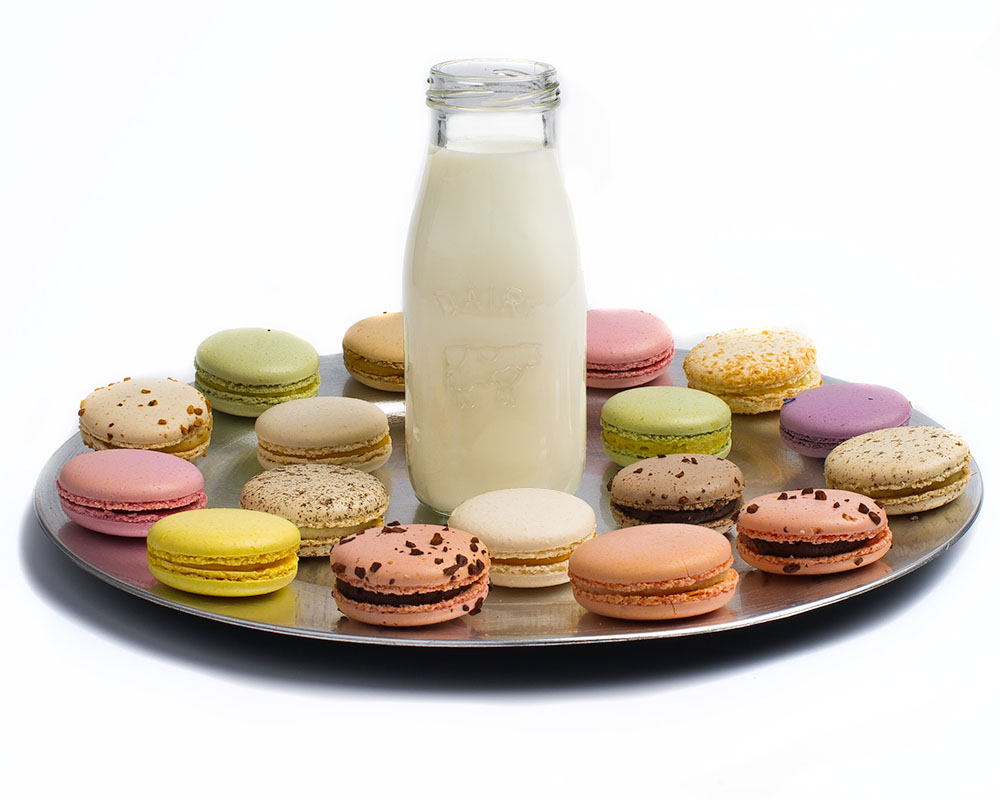Even though the Leica M8 is a digital camera it is best to approach the camera as if you are shooting film. There are few controls to change on the camera not counting the LCD back. The top of the camera has only three controls. The on - off selector, the shutter speed dial, and the mechanical shutter button. A hot shoe is in the center of the camera. If any camera could go with out a hot shoe it would be a Leica. Leica owners are notorious for their distaste of flash photography. The small LCD on the far left has a battery indicator and frame counter. Now for a little personal story. On my M8 a small bug somehow got inside my camera and made it’s way through the whole camera and made it’s way to this LCD to die there and remain wedged between the LCD and the glass. No harm to the camera but it was annoying to look at. That was one expensive bug to remove.
The back of the camera has a 2.5” 230,000 pixel TFT LCD screen. It really is low quality, Leica really cut corners here. The buttons are as follows, Menu, Play, Delete, Protect, Info, and Set. Standard types of controls are found on all digital cameras these days. The control wheel next to the display has 4 direction arrows for navigating the menus and for scrolling around the image preview. The outer wheel on this controller zooms the preview in and out.
The front is dominated by the rangefinder running across the top of the camera. This is the most distinctive part of the camera. Only the lens release button and the manual lens preview lever are the only other objects on the front. One note about using a rangefinder. Try to shoot with both eyes open. Yes there is a small area around the viewfinder frames when looking through the camera but it is so much easier to anticipate action with both eyes open. It takes some practice to use the right eye as the dominate eye and still use your left eye to follow the scene but when mastered it opens up a whole new world to your shooting. It feels like you are in the scene not just viewing it through a little tunnel.
The bottom plate is completely removed to change the memory card and the battery. This is a hold over from the days of film and has been criticized in the days of digital as unnecessary and cumbersome. This may be true but it insures that the camera is rugged. The tripod socket is attached to the baseplate. The tripod socket does not go directly into the camera and in my opinion compromises the stability of the camera when attached to a tripod.
















